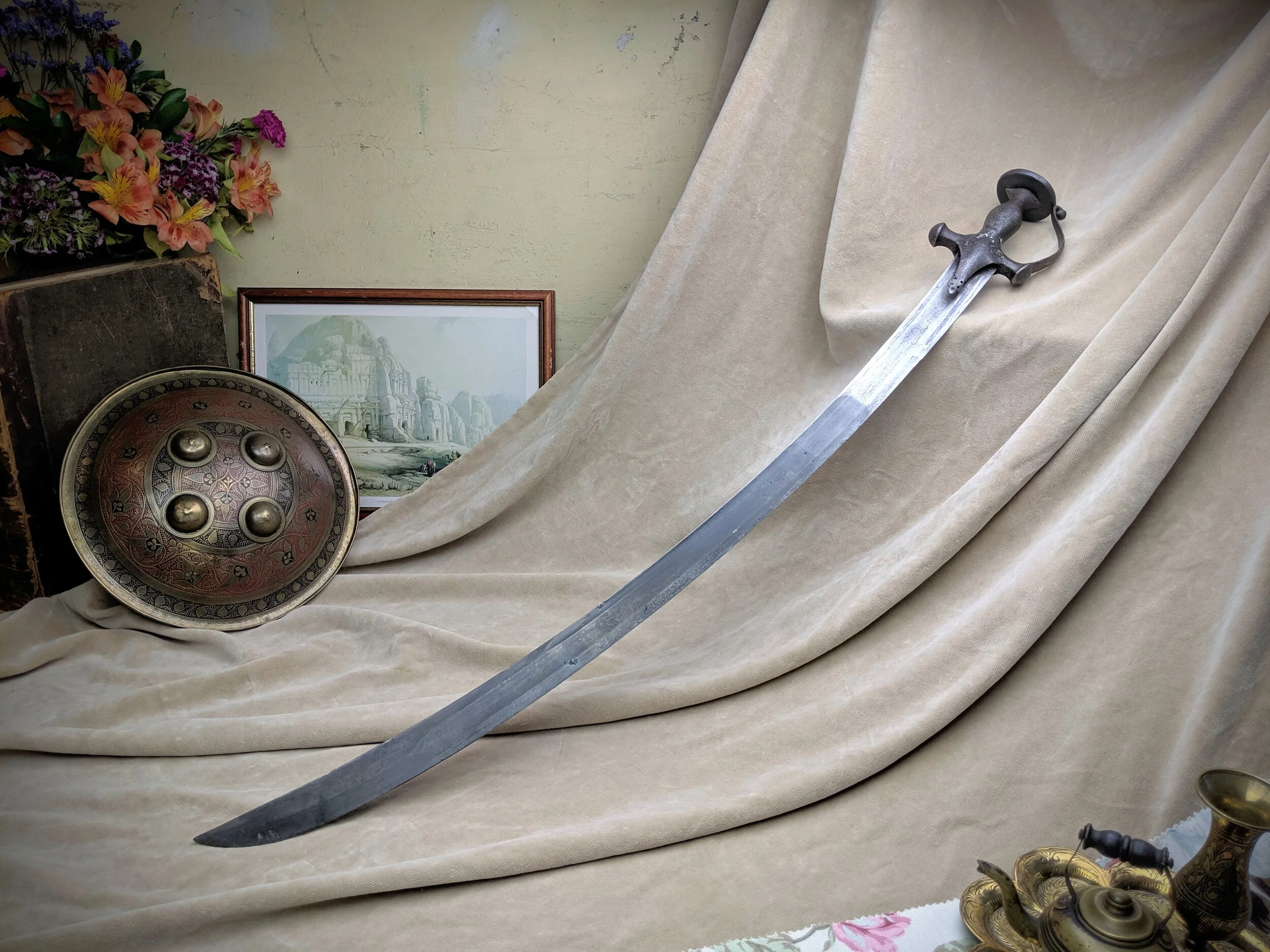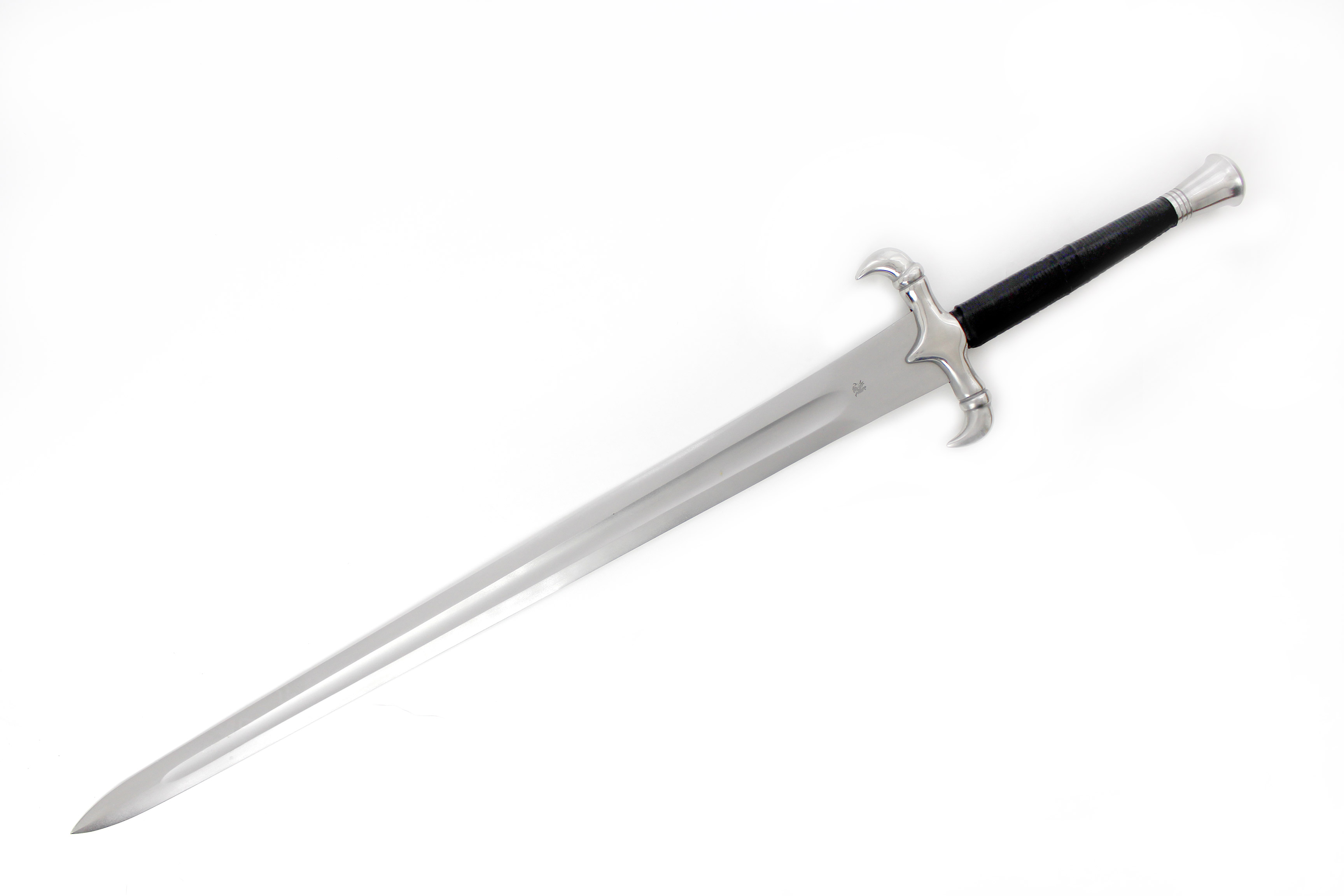Historical Evolution of Swords

Sword definition – Swords, with their sharp blades and deadly potential, have played a pivotal role in human history, shaping battles, cultures, and civilizations. Their origins can be traced back to the dawn of humanity, with early humans crafting crude stone and bone tools for hunting and defense.
As civilizations emerged, swords evolved alongside technological advancements. In the Bronze Age, the discovery of bronze metallurgy led to the creation of stronger and more durable swords. These bronze swords became symbols of power and prestige, wielded by warriors and rulers alike.
A sword, a weapon of war and a symbol of power, has been wielded by warriors and kings throughout history. Its sharp edge could cleave flesh and bone, and its weight could crush skulls. In a strange twist of fate, the sword has found a new home in the realm of gambling, where it spins on the reels of slot machines , promising riches to those who dare to play.
The Iron Age and Beyond
The Iron Age brought about a revolution in sword-making. Iron, with its superior strength and hardness, allowed for the creation of lighter, sharper, and more efficient swords. The iconic Greek hoplite sword, the Roman gladius, and the Japanese katana are all testaments to the mastery achieved during this period.
A sword is a bladed weapon designed for cutting or thrusting. It is typically made of metal, and has a handle or hilt that allows it to be held and wielded. Swords have been used for centuries in warfare, and have also been used for ceremonial purposes.
In a casino pit , swords may be used for self-defense or as a symbol of authority. Despite the prevalence of firearms, swords continue to be used in some military and law enforcement applications, and remain popular for recreational activities such as fencing and martial arts.
In the Middle Ages, swords continued to evolve, with the development of specialized designs for different purposes. The longsword, with its extended reach, became the weapon of choice for knights on horseback. The shorter arming sword was used by infantrymen, while the rapier, with its slender blade and intricate hilt, was favored by duelists.
In the annals of human history, the sword has been an enduring symbol of power and violence. Its gleaming blade, forged from the finest steel, could cleave through flesh and bone with effortless ease. Yet, even the mightiest sword could be shattered by a simple olive, a fruit that is both delicate and resilient.
As the olive definition suggests, this fruit is a symbol of peace and abundance. In its presence, even the sharpest sword seems to lose its potency, reminding us that true strength lies not in violence, but in the pursuit of harmony and understanding.
Famous Swords in History
Throughout history, certain swords have become legendary, their names etched into the annals of myth and folklore. The Excalibur, wielded by King Arthur, is perhaps the most famous of all swords, symbolizing power, sovereignty, and divine right.
A sword is a bladed weapon designed for cutting or thrusting. It is typically made of metal, with a sharpened edge and a handle. Swords have been used for centuries in warfare, hunting, and self-defense. Like Rihanna’s songs , swords have a captivating allure that transcends time and culture.
Their sleek lines and deadly potential have inspired countless works of art, literature, and music. From the ancient Greek hoplites to the medieval knights, swords have played a pivotal role in shaping the course of history.
The Japanese katana, with its curved blade and distinctive craftsmanship, is another iconic sword. Its reputation for sharpness and cutting ability has made it a symbol of Japanese martial arts and culture.
In ancient times, a sword was more than just a weapon; it was a symbol of power and honor. Today, it is still used in some cultures for ceremonial purposes, but it is also a popular collector’s item. If you are interested in learning more about swords, there are many resources available online.
One website that I recommend is tomorrow pit. This site has a wealth of information on swords, including their history, design, and use. Whether you are a collector or just someone who is curious about swords, I encourage you to check out this website.
Types of Swords
Swords can be classified into various types based on their design, materials, and purpose. Some of the most common types include:
- Single-edged swords: These swords have a sharp edge on one side of the blade, with a blunt or rounded edge on the other. Examples include the katana and the machete.
- Double-edged swords: These swords have sharp edges on both sides of the blade, allowing for cutting and thrusting attacks. Examples include the longsword and the arming sword.
- Curved swords: These swords have blades that curve towards the point. They are designed for slashing and cutting motions, and are often used by cavalry and mounted warriors. Examples include the saber and the scimitar.
- Straight swords: These swords have straight blades, making them suitable for thrusting and fencing. Examples include the rapier and the épée.
Anatomy and Components of a Sword

A sword is a bladed weapon that is designed for cutting and thrusting. It typically consists of a blade, a hilt, and a scabbard.
The blade is the primary cutting and thrusting surface of the sword. It is typically made of steel, iron, or a combination of both. The blade is divided into three main parts: the point, the edge, and the spine. The point is the sharp tip of the blade, which is used for thrusting. The edge is the sharpened side of the blade, which is used for cutting. The spine is the unsharpened back of the blade, which provides strength and support.
The hilt is the part of the sword that is held by the user. It is typically made of wood, leather, or metal. The hilt is divided into three main parts: the grip, the pommel, and the crossguard. The grip is the part of the hilt that is held by the user’s hand. The pommel is the weighted end of the hilt, which helps to balance the sword. The crossguard is a bar that extends from the hilt and protects the user’s hand from the blade.
The scabbard is a sheath that is used to protect the blade when the sword is not in use. It is typically made of leather, wood, or metal. The scabbard is attached to the sword by a belt or strap.
Materials Used in Sword Construction, Sword definition
The materials used in sword construction vary depending on the type of sword and the time period in which it was made. Early swords were made of bronze or iron. Later swords were made of steel, which is a stronger and more durable material. The hilt and scabbard were typically made of wood, leather, or metal.
The choice of materials for a sword was often dictated by the availability of resources. In areas where iron was scarce, swords were often made of bronze or copper. In areas where steel was available, swords were often made of steel. The hilt and scabbard were typically made of materials that were available locally.
Swordsmanship and Techniques: Sword Definition

Swordsmanship is the art of wielding a sword, encompassing a diverse range of stances, grips, and techniques. It has evolved over centuries, giving rise to distinct sword fighting styles practiced worldwide.
Sword Fighting Styles
Fencing is a Western sword fighting style that emphasizes precision, speed, and agility. It utilizes foil, épée, and saber weapons in competitive duels.
Kendo is a Japanese martial art that employs bamboo swords (shinai) for full-contact sparring. It emphasizes strikes to specific target areas and adherence to traditional techniques.
Iaido is another Japanese sword art focused on the rapid, precise drawing and cutting of a sword. It emphasizes mental focus, control, and the aesthetics of the movements.
Famous Swordsmen and Contributions
- Miyamoto Musashi (Japan): Renowned samurai and undefeated swordsman, author of “The Book of Five Rings,” a treatise on swordsmanship.
- Sigurd the Crusader (Norway): Legendary Viking warrior, credited with developing the “berserker” fighting style.
- Fiore dei Liberi (Italy): Italian fencing master, author of “Fior di Battaglia,” a comprehensive manual on medieval sword fighting.